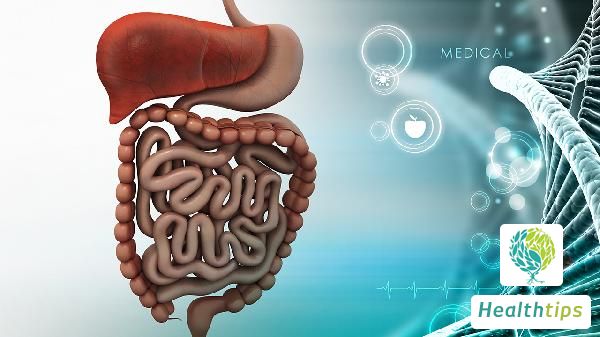"Could Two Distinct Lines Actually Mean No Pregnancy?"
The phenomenon of "two clear lines but not actually pregnant" refers to the situation where a pregnancy test strip or stick displays two distinct lines while the individual is not actually pregnant. This may be caused by factors such as false positive reactions, biochemical pregnancy, medication effects, endocrine disorders, or disease factors. Here are the details:

1. False Positive Reaction
It may occur due to issues with the quality of the test strip or stick, such as expiration, moisture damage, or improper storage, leading to inaccurate test results and false positives. Improper operation, such as immersing the strip in urine for too long, can also cause false positives.
2. Biochemical Pregnancy
Biochemical pregnancy involves the union of sperm and egg, but the fertilized egg fails to implant in the uterus. However, it still stimulates the secretion of human chorionic gonadotropin (HCG). In this case, the test strip will show two lines, but a B-ultrasound examination usually fails to detect a gestational sac, and HCG levels will return to normal shortly thereafter.
3. Medication Effects
Certain medications, like ovulation-inducing or sedative drugs, may affect HCG levels in the body, resulting in false positive reactions on the test strip. In particular, recent use of drugs like chorionic gonadotropin for injection, as prescribed by a doctor, can alter urine HCG concentrations, leading to false positives.
4. Endocrine Disorders
Excessive nervousness and anxiety can lead to endocrine disorders, which in turn affect HCG levels. If certain medications are taken during this time, they may also interfere with normal HCG levels, causing the test strip to display two lines.
5. Disease Factors
Certain diseases, such as trophoblastic tumors (like choriocarcinoma or hydatidiform mole), can cause abnormal elevations in HCG levels, triggering false positive reactions on the test strip. These diseases require prompt medical intervention, such as surgery, chemotherapy, or radiotherapy.
To ensure accuracy, it is recommended to undergo further medical examinations at a hospital promptly after obtaining a positive result, to avoid potential harm caused by misdiagnosis.



















